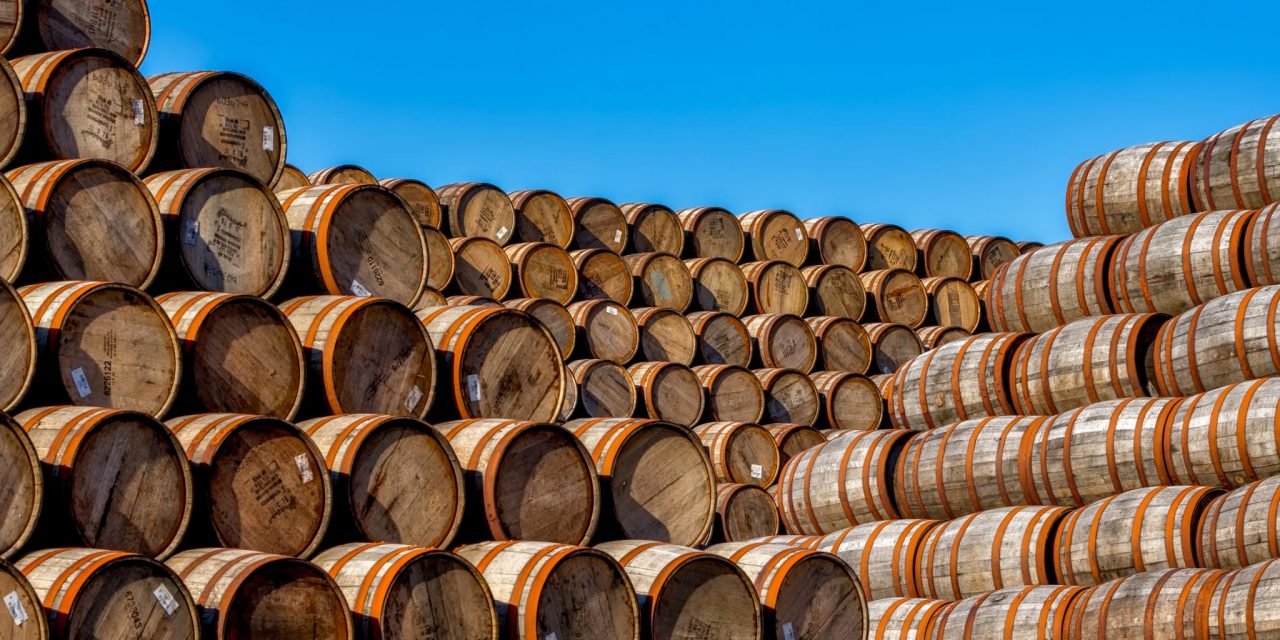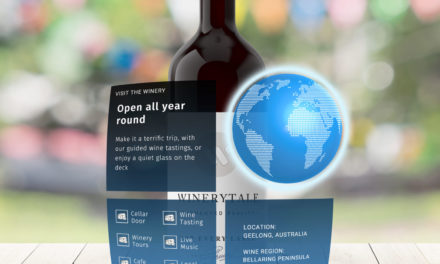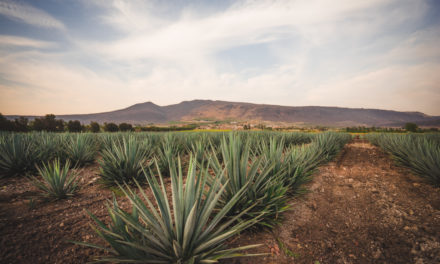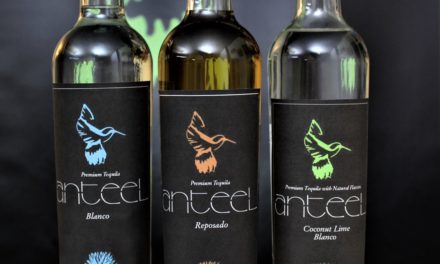At a 2014 craft spirits conference in Seattle, Wash., I gave an hour-long presentation about barrels. I was somewhat shocked at the time to find more than 100 people packing the small room, with many who couldn’t get in craning their heads in the doorway. I feared everyone expected something more entertaining than, you know, a talk about staves and bungs. But I soon learned they just wanted to know where they could buy barrels: The Great Barrel Shortage of 2014-15 was underway.
By most accounts, the shortage was the result of a three-way collision. First, bourbon was on the cusp of a tremendous boom, and producers everywhere were suddenly in need of new oak barrels. At the same time, craft distilling was exploding, with hundreds of new producers getting started and aiming to lay down whiskey. Then an unusually wet winter and spring hit in the Ozarks (2013-14), keeping loggers out of the woods and leading to supply-chain back-ups.
Anyone who’s taken Economics 101 will guess what occurred next: demand pushed prices up, and supply soon followed. Brown Forman opened a new cooperage in Alabama in 2014. Independent Stave, the world’s largest barrel maker, also expanded capacity, opening a fifth stave mill. And large-scale barrel consumers, such as Buffalo Trace distillery, diversified their supply.
Technology Takes the Lead
The shortage also led to some interesting new developments. For starters, it led to consumers becoming far more aware of the importance of barrels as a flavoring component as their absence made the news (Time: “Bourbon Shortage Has Whiskey Industry Over a Barrel”; Wall Street Journal: “Fear of a Bourbon Shortage Puts Enthusiasts Over a Barrel”).
It also led to a push in innovation using what might be called “out-of-barrel” aging, with producers including Lost Spirits in California and Terressentia in South Carolina getting more attention for patented approaches to speed aging, using light and sonic vibrations to extract wood elements and oxidize liquor more quickly.
And it led to a new crop of barrel makers, smaller players who jumped into the market to meet the demand. This includes Black Water Barrels in South Carolina, which launched in 2016 after a back porch conversation about the clamor for barrels.
An Entrepreneurial Solution
The shortage also led to the launch of a new business that lets distillers make their own barrels.
A few years ago, Mahad Ahmed had been planning to launch a whiskey distillery in New Mexico. In doing his research, he learned of the barrel shortage and the higher prices cooperages were commanding, which wrecked his spreadsheet. So he spent a year coming up with a work-around—a system to make his own barrels without launching a full-bore cooperage. Using white oak or alternative woods, he devised a way to cut staves and form them into 27-gallon barrels. “It wasn’t an easy process to develop,” Ahmed says. “I had to pull out all the stops, drawing on resources as diverse as architects and master carpenters.”
Long story short: Ahmed is no longer looking to get into the distilling business. He’s now putting final touches on a barrel-making kit that includes a detailed instructional video to help craft distillers to make their own barrels using wood of their choice and basic woodworking equipment—table saw, planer, joiner, table router. He’s aiming to have the kits available early next year and invites inquiries through his Facebook page.
The barrel shortage may have resulted in short-term hassles for producers. But necessity, as ever, remains the mother of invention, especially when mother is thirsty.











